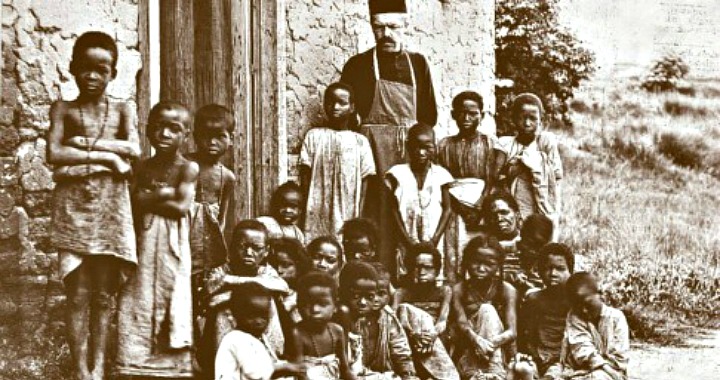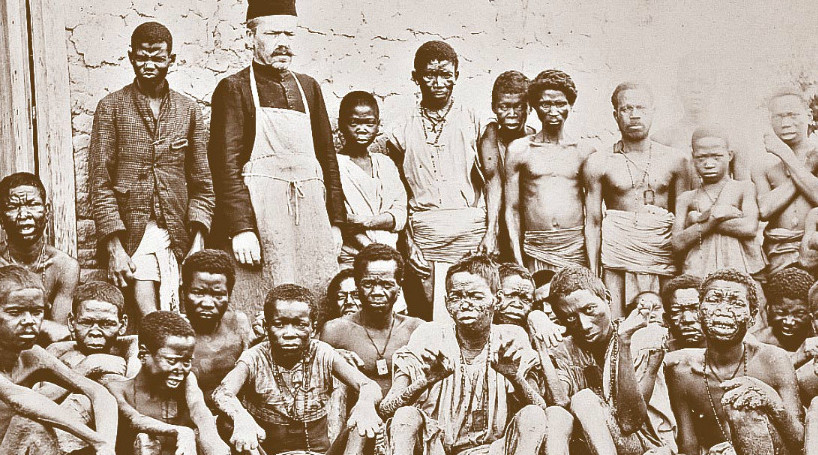
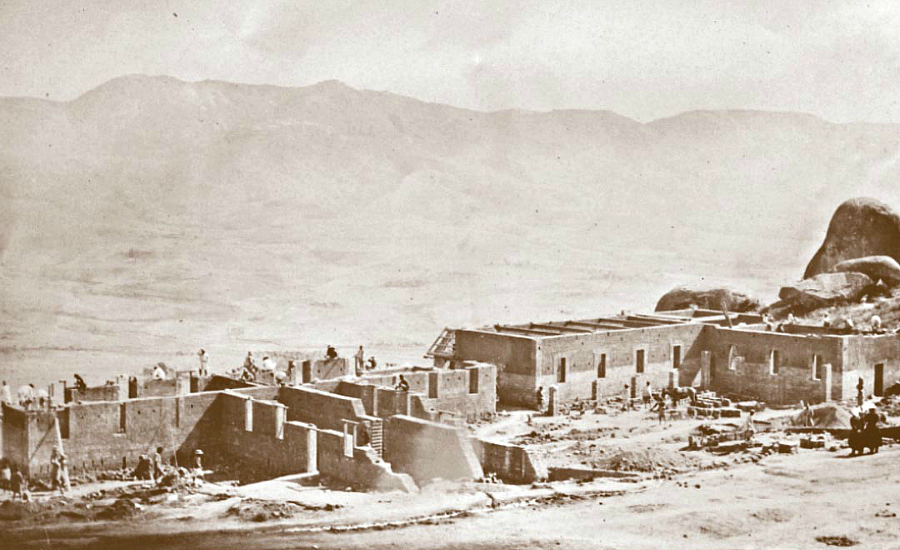
Exempla trahunt – Examples inspire.
The book by John Wehinger, missionary in Burma, titled: Three years among lepers, engendered in Fr. Beyzym a desire for missionary and charitable word among lepers. In October 1897 he asked the provincial, John Badeni, S.J., for permission to work among lepers. He stated he was ready to work in any place, but preferred one where French was the official language. He renewed his request the following year: “since so many thousand of lepers suffer and die without spiritual and bodily help. Perhaps God would like through me to bring some help to those poor people. There is some urge in me to bring up this matter to your attention.”
His request was sent to Rome, to the General of Jesuits. Fr. Beyzym asked the General, Louis Martin, S.J. to work exclusively among lepers – “day and night at their service”. The General accepted his request and directed him to work In Mangalore, India. He was not accepted there, since he did not know English and seemed too old – he was forty eight years at that time. The provincial Badeni sent a request to the provincial of Toulouse, Rudolf de Scoraille, S.J. He agreed to accept Fr. Beyzym to work in Madagascar.
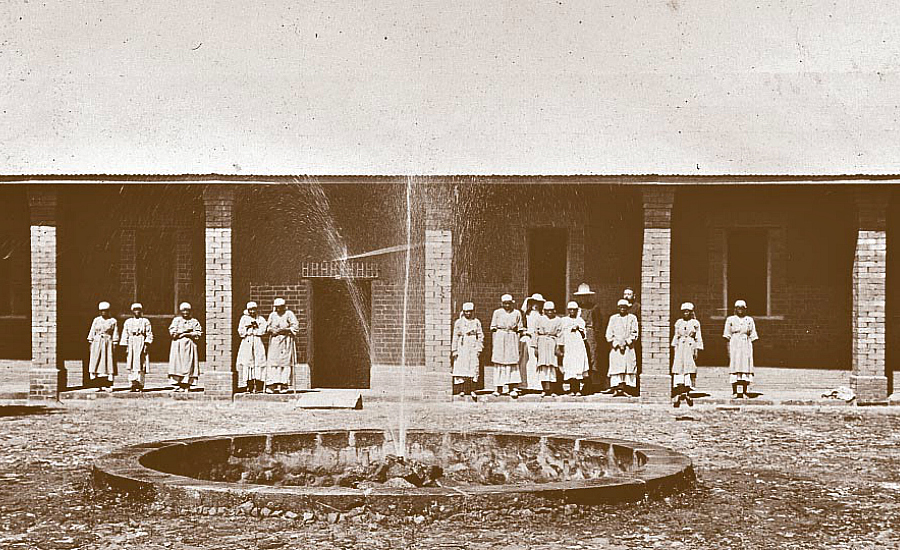
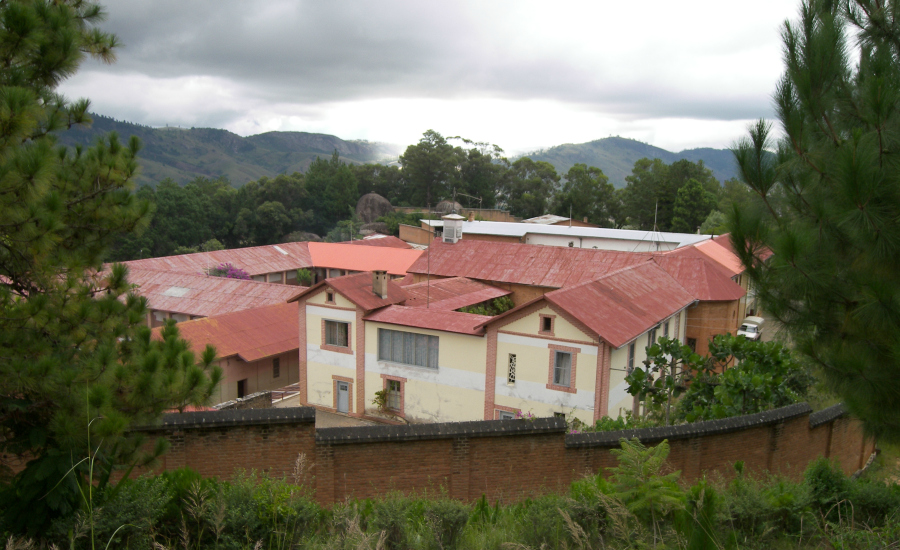
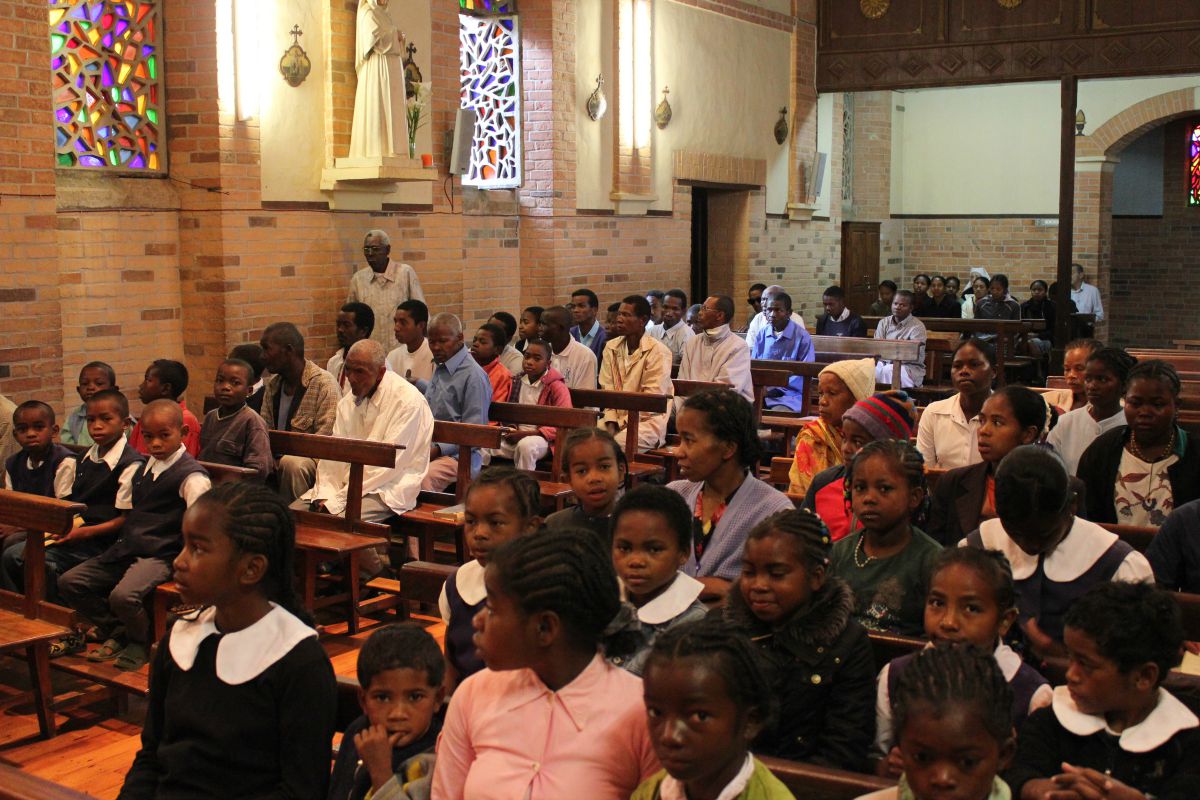
Through God’s inspiration
Fr. Beyzym was convinced that his vocation to work with lepers was inspired by God. “Under the care of the Most Holy Virgin Mary he desired to spend the rest of his life in this work for the greater glory of God.” He wanted to be completely “a server of lepers”. From the year 1901 on, he always signed himself as such. “Day and night I stay with the sick.” – he wrote from Marana (Ambatovory) to F. Martin Czermiński. As it was, he spent with them altogether fourteen years. He did not belong to himself, but to the lepers, whom he was serving. Contemplating in Ambahivoraka their situation and condition – their destitution and their spiritual and bodily needs – he came to a decision to build for them a hospital. He commended his decision into the hands of Mary, the Mother of God. From the very start of his coming to Madagascar, Fr. Beyzym felt in solidarity with the lepers. He did not speak: “I and them”, but “we and us”. When, quite early in his life, there arose in him the desire to care for the prisoners in the Sachalin peninsula, his solidarity with those suffering encompassed him as well. Hence, to join even more in their lot, he was asking Mary for a grace to become a leper as a reparation for sins, also for betterment of the lot of lepers and as an offering of self for their suffering. When in 1909 Fr. Victor Herrengt, SJ was visiting Jesuit missions in
Madagascar and twice paid a visit to the shelter of Fr. Beyzym and to the hospital in Marana (Ambatovory) in the process of building, he was full of admiration for his merciful love for the lepers; he expressed himself accordingly both officially in his report to the then Jesuit General, Francis Wernz and privately in his talks. He was stressing very much the work done by Fr. Beyzym of curing and looking after the sick; and also preventing them from immorality to which they were inclined in the so called leper colonies. Fr. Lawrence Tomniczak, SJ, who studied in Enghien when Fr. Herrengt was in charge, transmitted the opinion of the latter which was full of recognition and admiration for the dedication of Fr. Beyzym with respect to the lepers. Fr. Beyzym himself was very clearly aware of the fact, that work for and among the lepers is so difficult, that it requires special vocation and grace and today we would say special charismatic attitude. Hence he never encouraged anyone for this work, on the contrary, he was cooling their untimely eagerness.
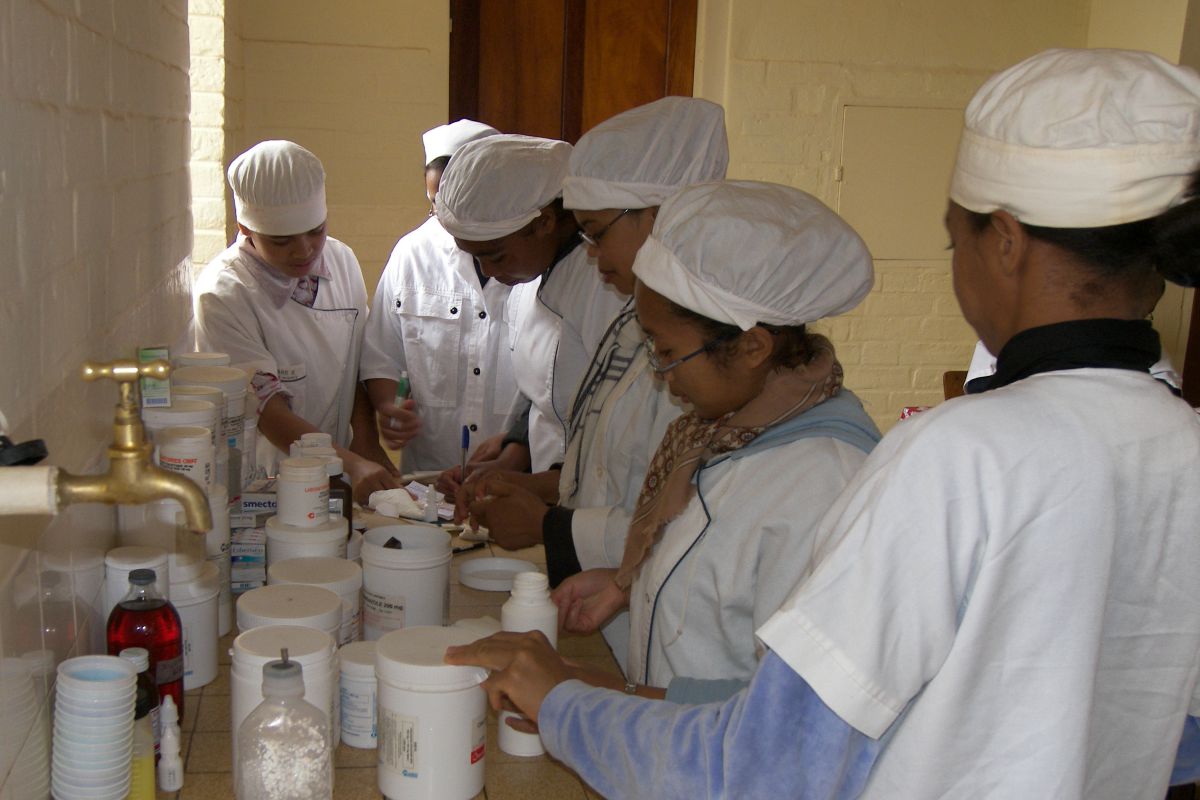
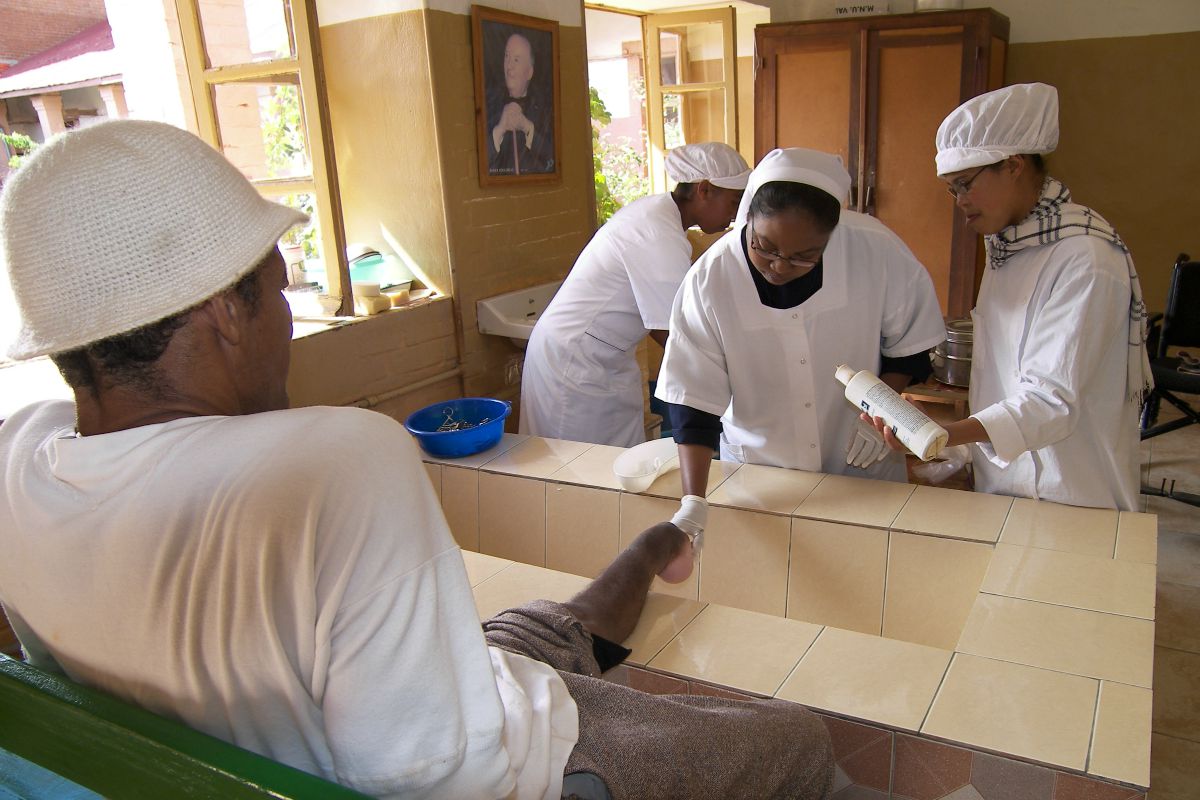
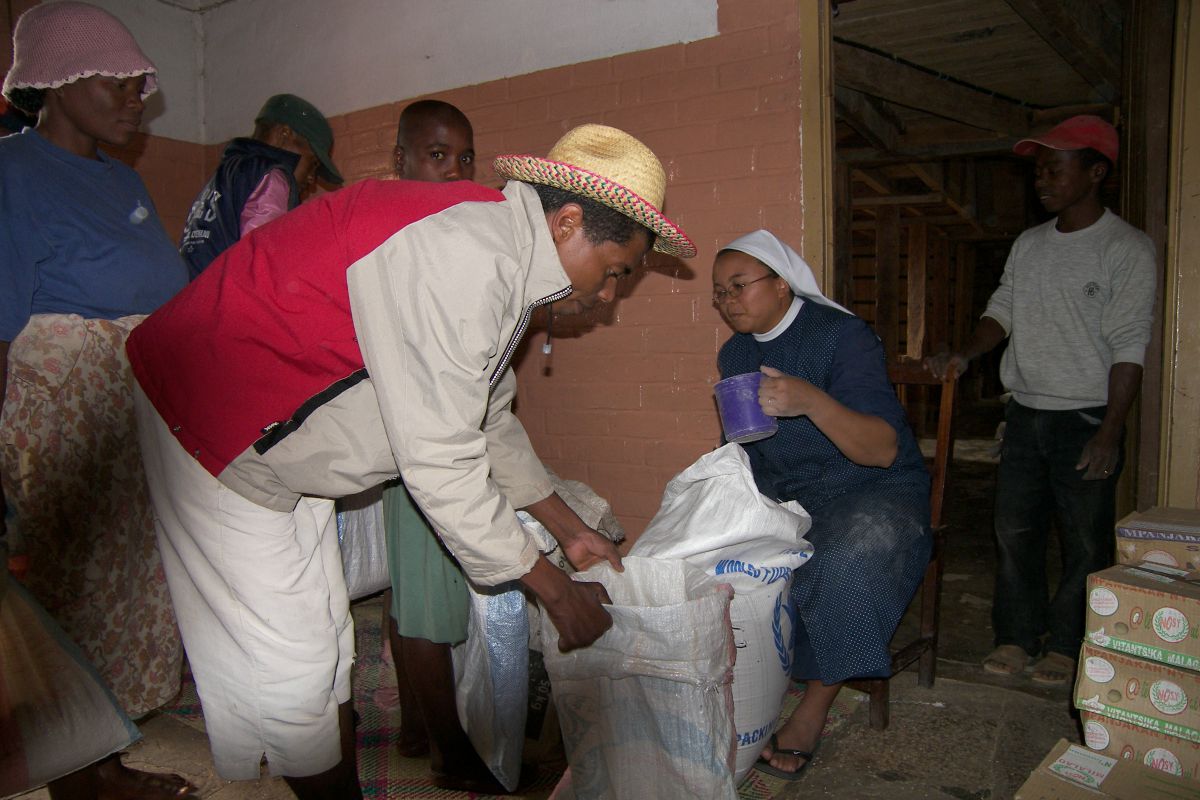
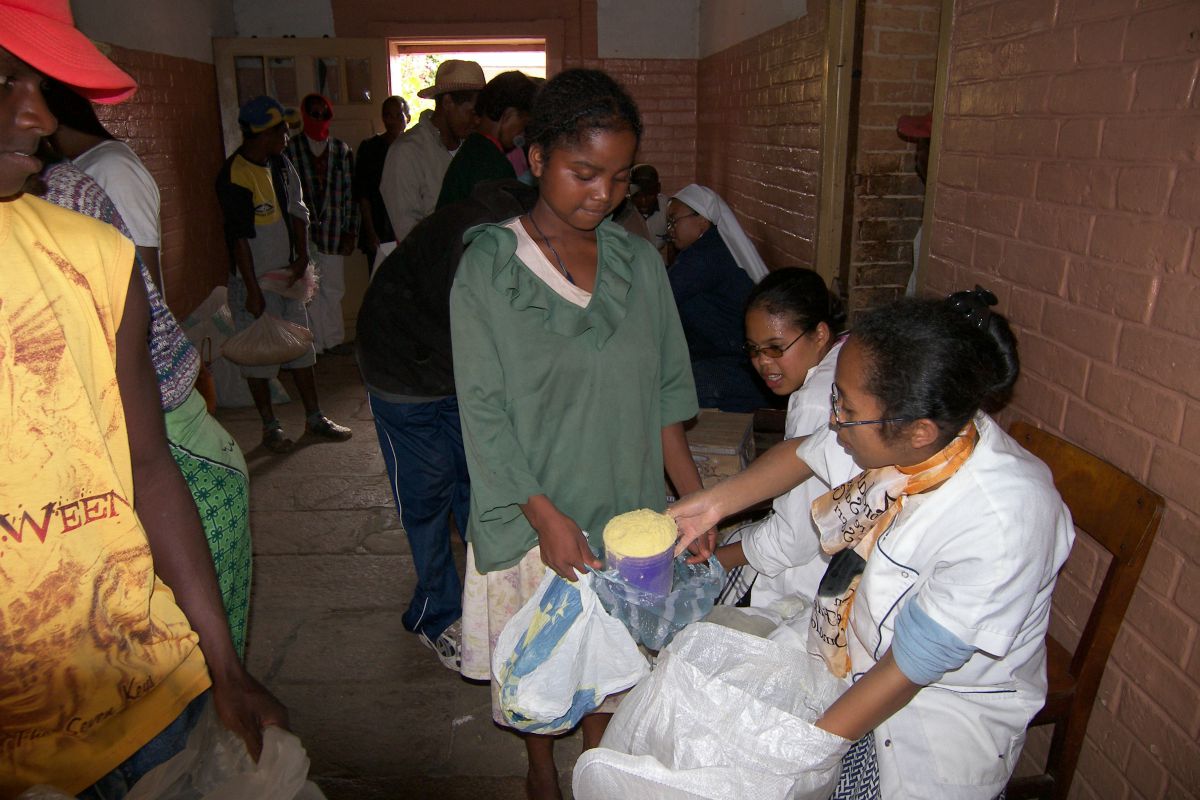
To Love by deeds and truth
Fr. Beyzym saw Jesus Christ suffering in the lepers; as a result he respected them and defended them. He was correcting the unfounded opinions about leprosy as not causing any pain. He wanted to love them and he also demanded the same from them – opere et veritate, and not verbo et lingua only – “in deed and truth” and only “by spoken word”. In his letters he called them affectively “black chicken” or “my black birds”. He wanted to live only for the glory of God and word for the benefit of his chicken: “I would never abandon my chicken; “I would rather die than abandon these poor creatures”.
The lepers for their part were very grateful to him and showed special care for him in his sickness. When he had to leave Ambahivoraka to go to Marana, to supervise the building of the hospital, their deep love for him was shown by sincere and ready tears. He wept with all of them weeping. “I cried as a small child”. A remarkable fact is that even in his confidential letters to Fr. Czermiński he never complained about the lepers, never was accusing them about anything. He was very glad that, thanks to his efforts and help sent from Poland his “black chicken” are not dying of hunger. His care for the lepers was directed not only towards the body, but above all towards their souls. He was very pained that he did not know the Malagasy language, that he wasn’t able to hear their confessions and teach them catechism. He commended himself to Mary, the Mother of God to help him to master that language. At the beginning of his work, when famine was rampant in the place, the lepers were dying more from malnutrition than from leprosy. Fr. Beyzym was sharing with them his meagre portion of food; was giving them his bread and, secretly, shed tears because of their lot. In every possible way he was trying to ease their sufferings. He was constructing primitive but quite helpful prostheses, to enable them to eat and work. He was dressing their painful, and ugly wounds, disregarding the possibility of contamination which was arousing their admiration and gaining their trust. He did not dislike their wounds, but wanted to have them on himself, if at all he could ease their condition. When he saw how difficult it was for them to work with their defective hands, he wrote: “I would very willingly do all they have to do, if only I could save them from suffering”. Always during his work for the lepers, there was growing in him sincere, paternal and fraternal love for them. He desired to love them by deeds and truth and not with impressive phrases. The lepers became for him very dear and very near. When they were transferring from Ambahivoraka to Marana in 1904 he was filled with joy, was greeting them as “his relatives”; was giving thanks to Mary for their safe journey to him.
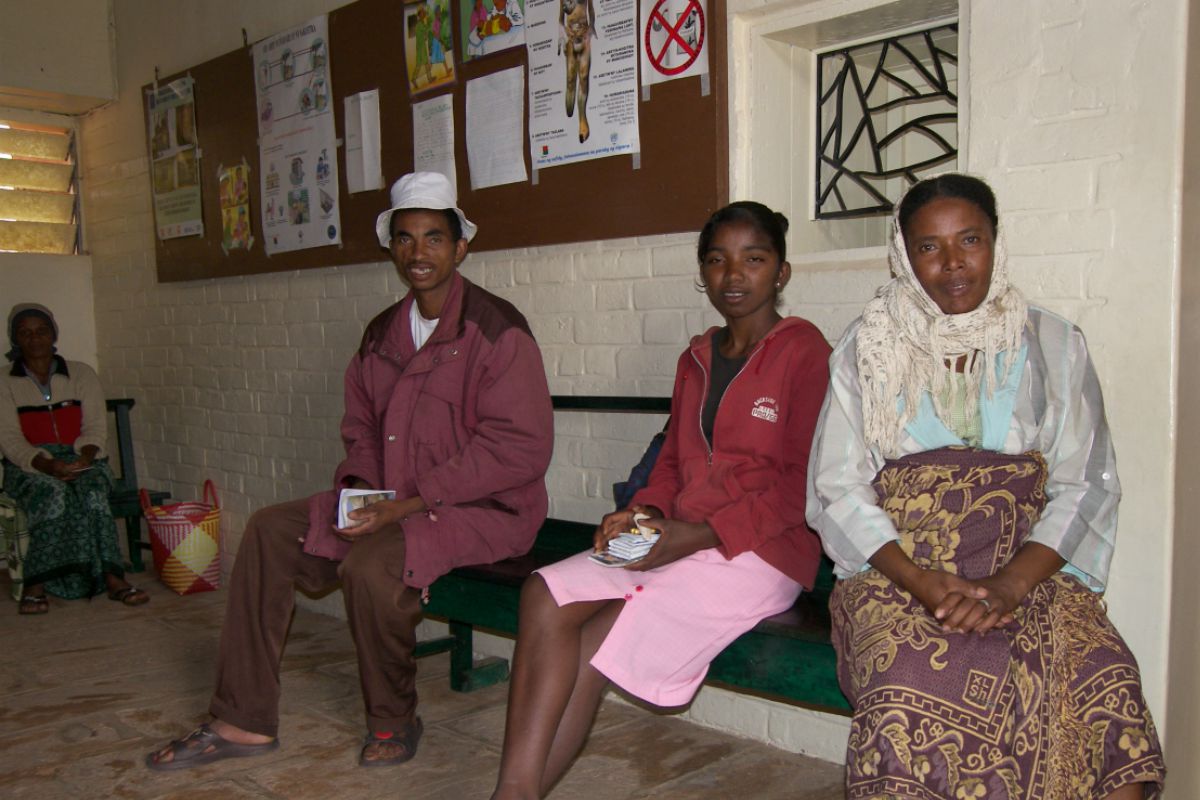
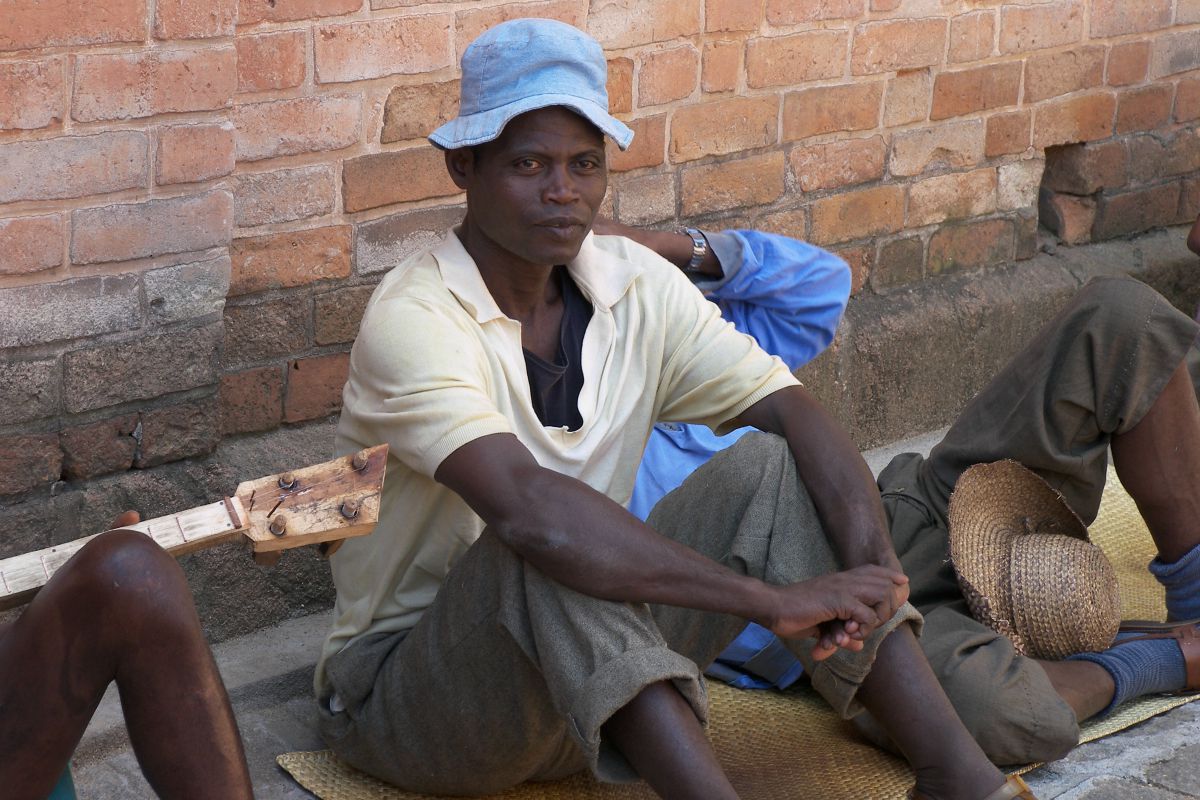
Compassion, care and sacrifice
Compassion over the misery and abandonment of the lepers was a constant incentive for Fr. Beyzym for efforts to build the hospital where they could receive not only real care, but also medicines and defence from moral depravation which was quite common in leper settlements run by government. The care for the sick had something of a paternal and maternal character. He confided to Fr. Czermiński that he was able to sleep even during a violent storm with thunders and lightnings, after a laborious day; but when sick lepers knocked at the entrance door, looking for help, he heard that immediately and got up to serve them. In his paternal care and tendency for discipline he never hit lepers. He would prefer to get hundreds hits by a stick himself.
Fr. Augustine Niobey, SJ, who was observing closely Beyzym’s work for the lepers, confessed soon after the death of the latter that “his dedication for the lepers was incomparable”. In his poverty he was sharing everything with the lepers, heeding the words of Jesus: What you have done to one of these m brothers, you have t me”. A similar testimony was given by Fr. Leo Derville about Beyzym’s love for the lepers. His love for them was paternal, since he was strict when necessary; he knew how to educate them and when necessary correct them, sometime gently, at other times in a strict way, depending on circumstances. For that reason he tried to be with the lepers at all times: “I do not leave them by themselves even for a moment”. He felt a deep responsibility before God, before the Society and before the donors for his mission to the lepers, for the hospital being built for them. Hence he rejected all temptations for ‘ad hoc’ solutions which were suggested to him, sometimes by force, by bishop John Baptist Cazet or by the mission’s superior Fr. Aloisius Verley. In his conscience he felt at peace, as one who faithfully was doing his duty, although people accused him of stubbornness and lack of obedience.
Sometimes some of the priests in the mission were pointing to him that he was too gentle in his dealings with the lepers and counselled him to be more strict and energetic, in every case keeping the principle: salva oboedientia et reverentia for the superiors. The problem was how to square faithfulness to the work entrusted to him by the superiors when their orders were contrary to his mission? He sought the solution to this problem by his devotion to Mary. His vocation was from her, so she was to provide help. She was to use him as her instrument for building of the hospital and for the care over the lepers, in spite of all the difficulties arising, even from the superiors …
In his care for the lepers he showed a characteristic rectitude and well understood tolerance. According to him two facts decided when a given sick person was accepted in the hospital: whether that one was truly sick of leprosy and whether there was room for that one there. Other facts or aspects had no importance.
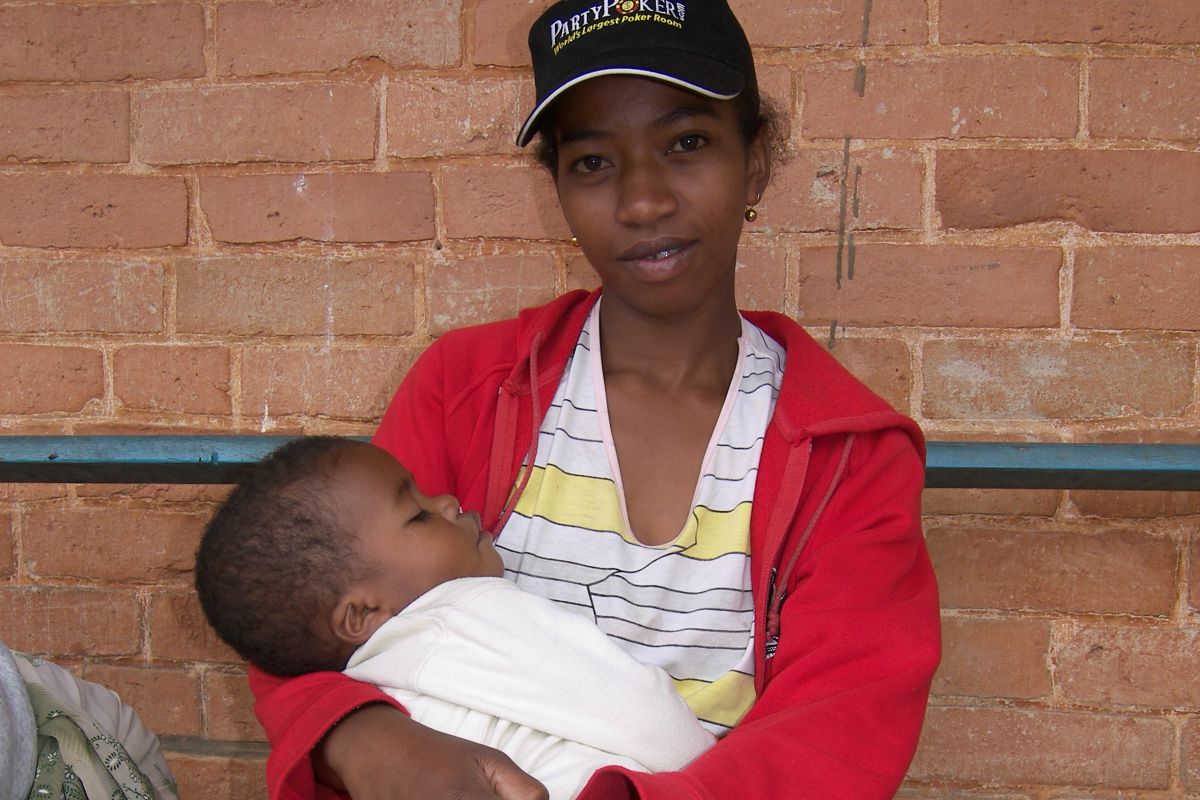
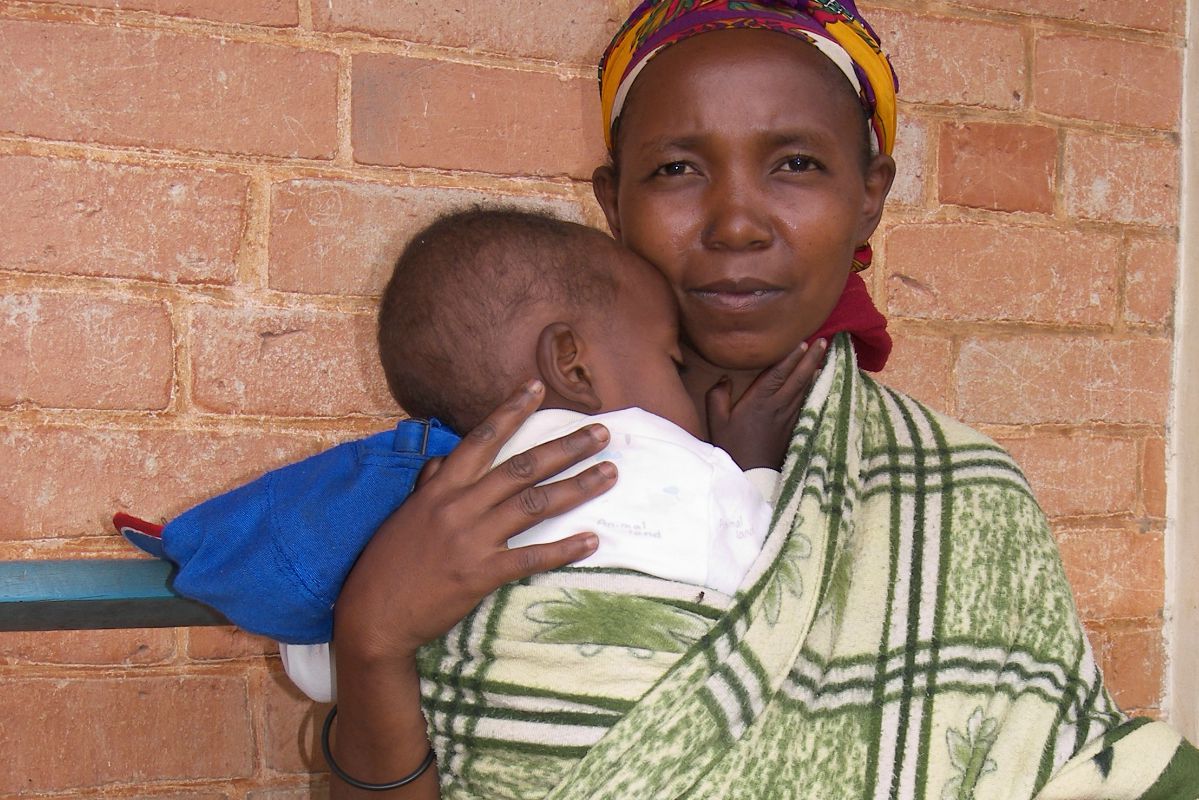
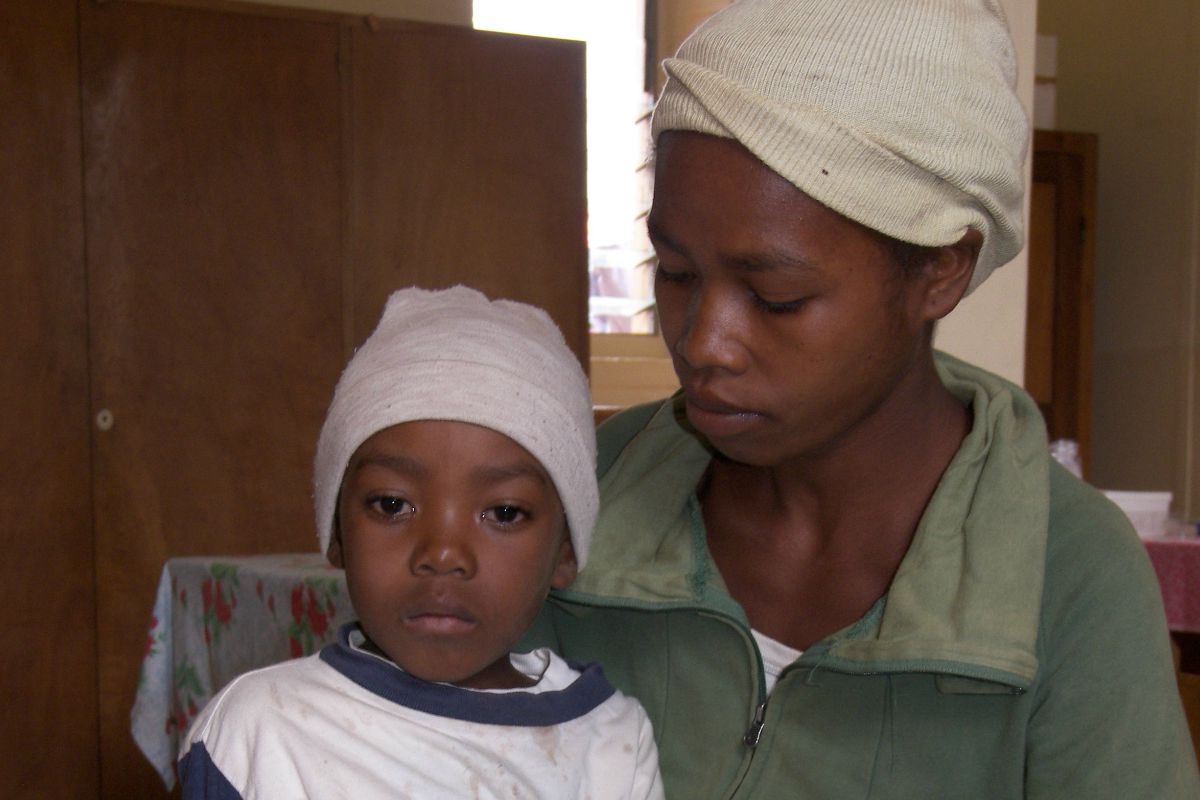
Sick person and eye in the head are identical
Fr. Beyzym was very insistent that financial help flowing in, mainly from Poland, was used for building of the hospital and not for any other purpose; according to Stanislava, an Ursuline nun, he always applied the principle: “A sick person is like an eye in the head.” Hence his care and efforts for the lepers was quite practical and to the point. He was saying: “These big children are idle, they have nothing to occupy themselves with, they sin in their idleness and laziness”. He asked Fr. Martin Czermiński and Fr. Stanislaus Hankiewicz and other people to send him albums having illustrations, photographs and drawings to give to the lepers, so they could occupy themselves with something good, attractive and beautiful. He was petitioning Fr. Hankiewicz for a barrel organ and for a slide projector and he was very grateful when he received them. He was asking also for pictures necessary for catechisation, for example: of the Nativity of Our Lord; Jesus in the tomb and rising from the dead; also for a picture of hell and death of an obdurate sinner. He took care of religious and moral development of his “chicks”; every week has had a catechism lesson for them. Preparing them for confession, he himself made his confession before them as an example for them. He also gave catechism lessons to nuns once a week; and every month an exhortation; every year an eight day retreat. During Holy Weeks he gave lepers a three day recollection, according to the spirit of St Ignatius of Loyola.
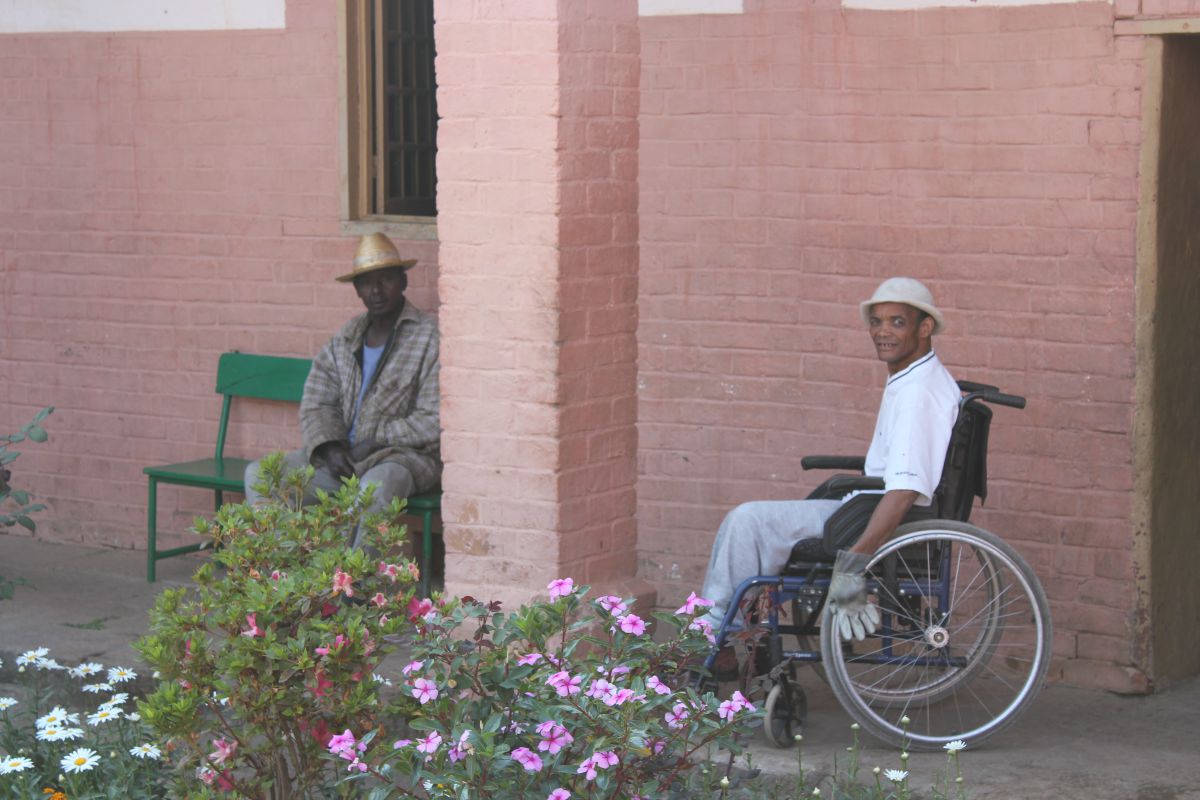
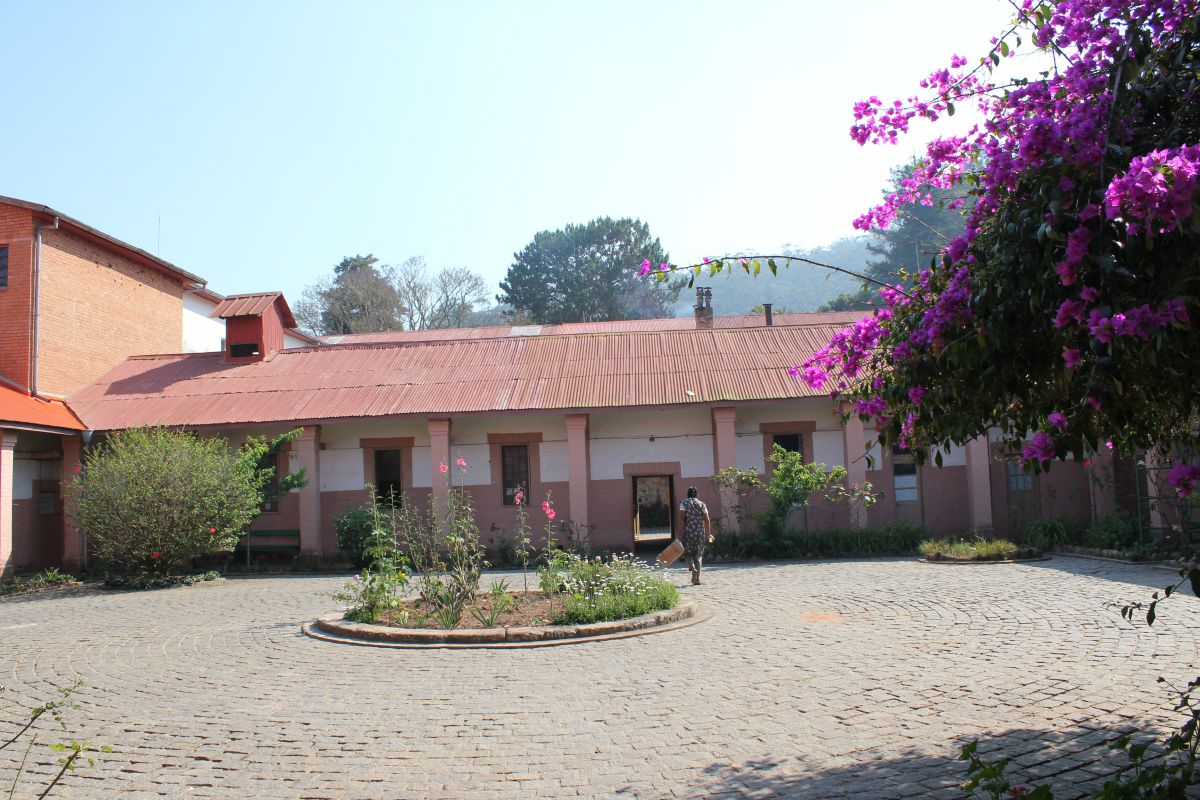
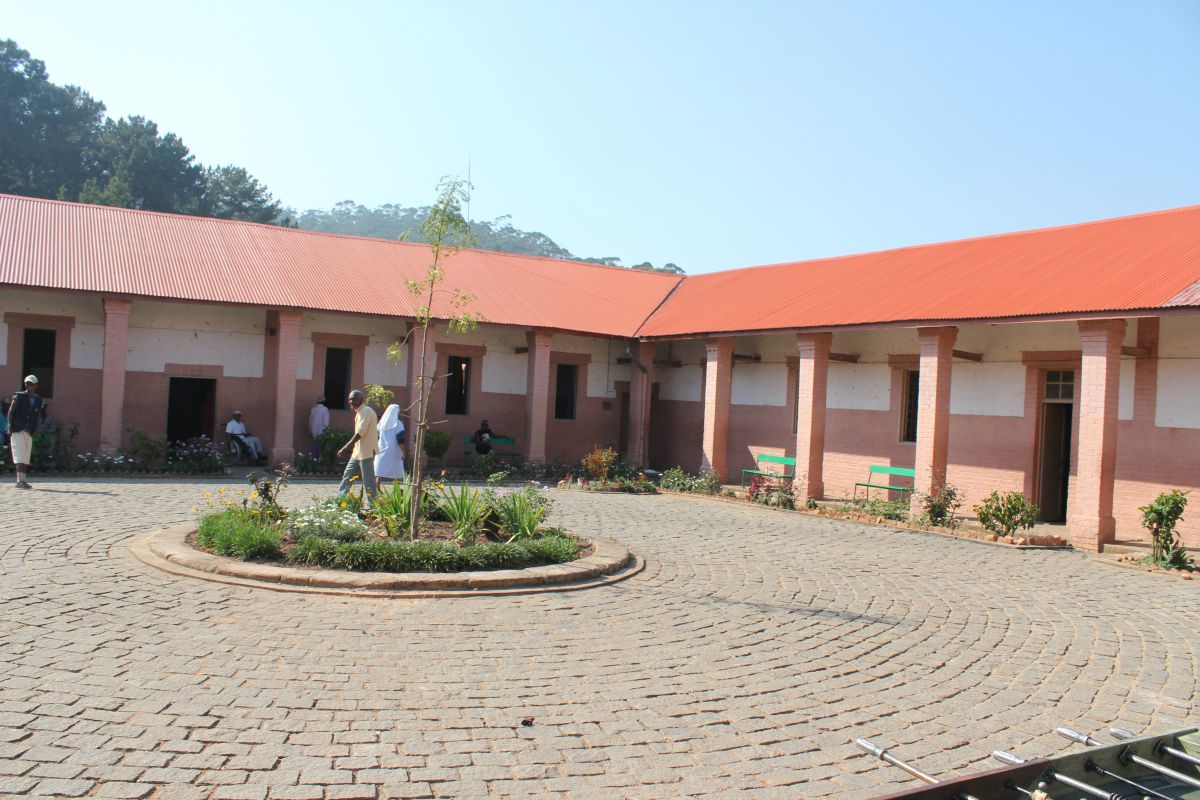
Marana Hospital
Fr. Beyzym was very pained because of the delay of building of the hospital in Marana. This was bringing him sometimes to the limits of hope/desperation; he wanted to go back to home country or go to serve the prisoners in Sachalin, where he thought he would not experience so many difficulties. However, he was aware that he must persevere, with the help of Mary, to the very end and accept all the difficulties as “crosses from the Lord Jesus”. The key project for Fr. Beyzym was separation of lepers according to sex. He considered this matter as an absolute necessity, so much for health reasons as for hygienic ones, so that leprosy would not spread, in particular to children, as for moral reasons as well, so that there would be no immorality among lepers. Bp. Cazet and a greater number of missionaries did not think that this project would succeed. Only a few, mainly doctors, also Frs. Karol Deces and Joseph Loiselet, doctor Beigheux and the visitator Fr. Herrengt, were supporting this project of Beyzym. He himself put all his trust in Mary and in the efficacy of sacraments and the intercession of saints.
Defending his stance Fr. Beyzym prepared a short memorial in which he outlined his essential reasons for the separation and against it (he applied the discernment method of the Ignatian Spiritual Exercises). He also outlined reasons from experience and observation.
How great was his joy when, after nearly ten years, on 16th August 1911, he was able to bring “his black chicks” into a true and unique in its kind hospital on the island. He trusted Mary and was convinced that this hospital will serve the greater glory of God and the good of lepers.
Thanks to Mary the difficult problem of sex separation was also successfully solved. This hospital arose as work of trust placed in God and Mary and good will of generous people. Fr. Beyzym was daring in asking for financial help; he called himself a beggar of Jesus; as a matter of fact he was begging for Jesus, poor and suffering in the lepers.
Among people who faithfully helped him with prayer and finances were the Ledóchowski sisters – Therese and Ursula . He was very grateful to them and with him his sick lepers.
His love for lepers is also witnessed by the fact that he had among them true friends – Michael Rabar and his wife Denise; of Joseph Rainilaivao who, through the intercession of Mary of Częstochowa, regained his sight; of Raphael, Paul and others.
The attitude of Fr. Beyzym to the lepers is known from his letters and from testimonies of people who observed and evaluated his work for lepers; for example: Frs. Victor Herrengt, Augustine Niobey. Leo Derville, Charles Deces and Joseph Loiselet; also nun Ann Marie of the Visitation. They all testify, beyond any doubt, to his great love for lepers flowing from his living faith; real love “opere et veritate” which was fruit of his love for Jesus living in his suffering limbs.
Fourteen years of this work of service to lepers by a servant is an unassailable testimony of a magnanimous and powerful strength of humility and sacrifice above all average of human measure.
Fr. Mieczysław Bednarz SJ
(Translated from Polish by Fr. Francis Woda, SJ)
